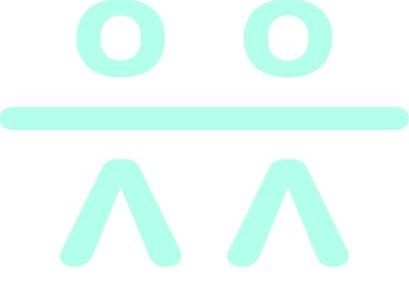
As Australian organisations prepare to transition to the ISO 45001, many employers are yet to grasp the requirements of the new standard. Although the deadline to make the change seems far away, it is wise that you start to take the first steps in migrating from the current AS/NZS 4801:2001 standard.
Over the years, the 4801 standard has been used as the benchmark to assess Occupational Health & Safety Management systems for organisations across the country. The new standard, on the other hand, is an internationally applicable and sets out the requirements you’ll need to meet for an effective OHSMS.
Both standards are based on the established Health and Safety standards and are designed to work for organisations of all sizes and from across all sectors. And to maintain the validity of your AS 4801 certification, you will need to shift to ISO 45001 in the coming months.
What are the key changes?
ISO 45001 introduces new key requirements while also modifying and reiterating some of the AS/NZS 4801:20001 requirements. It is imperative you understand these changes and how to integrate them into your existing OHS Management System. To help you understand what is new and what has changed, we have highlighted the key changes:
1. Context of the organisation
The clause links your management system to your organisation’s strategies for workplace health & safety. This promotes greater management focus on your OHSMS while also looking at the internal and external factors that might impact on your organisation including new technologies and changing labour relations.
2. Leadership
The 4801 advocates for the top management to set and communicates workplace safety policies and objectives. The 45001 standard requires organisations to demonstrate leadership by taking accountability for the performance of OH&S and assisting lower management within the organisation.
3. Approach to risk
The ISO 45001 has a more risk-based focus. The standard requires you to look at the risks that change can bring to your organisation and assess how such risks are controlled. It also looks at the risk of the system not performing effectively in achieving the organisations health and safety objectives.
4. Stakeholder expectations
The organisation needs to identify the different stakeholders. This can include workers, clients, public and legislative bodies. Additionally, ISO 45001 requires businesses to establish whether or not these stakeholders are relevant to OH&S and to identify their needs and expectations.
Your first step is to. You should start to look at your processes to see if they are in line with the new high-level structure. You then need to develop a plan to fill those gaps and to implement the new systems.
At Recovery Partners we can help you audit your current OHSMS and identify gaps which must be addressed to meet ISO45001 certification. Our consultants will guide you through the framework ensuring that you have everything you need for a smooth transition.
If you’re interested, you can make enquiries here. Alternatively, our consultants love to have a chat, so give us a call on 1300 OHS RTW.



